- Tags:
- Buddhism / Hiking / Mountain / Nokogiriyama / Uchibo Line
Related Article
-
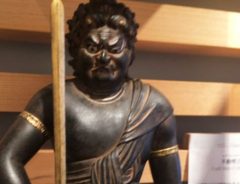
Recognition App Hilariously Misidentifies Buddhist Statues Displayed Inside A Japanese Store
-
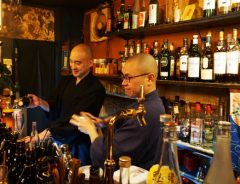
Sip Cocktails and Achieve Enlightenment at Tokyo’s Buddhist Monk Bar
-
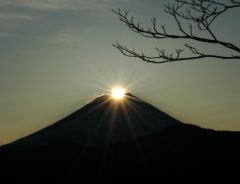
What is Diamond Fuji and Where Can You See It?
-
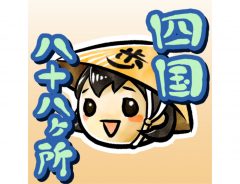
Enjoy a virtual Shikoku Pilgrimage experience with the ‘Ohenro Walking’ App
-
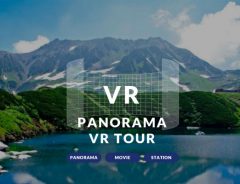
Enjoy the views of Tateyama Kurobe Alpine Route through a new Panorama VR tour.
-
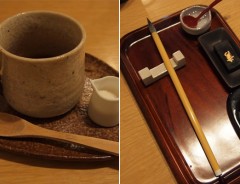
Buddha’s Cafe: Enlightening Our Minds Over A Cup Of Coffee
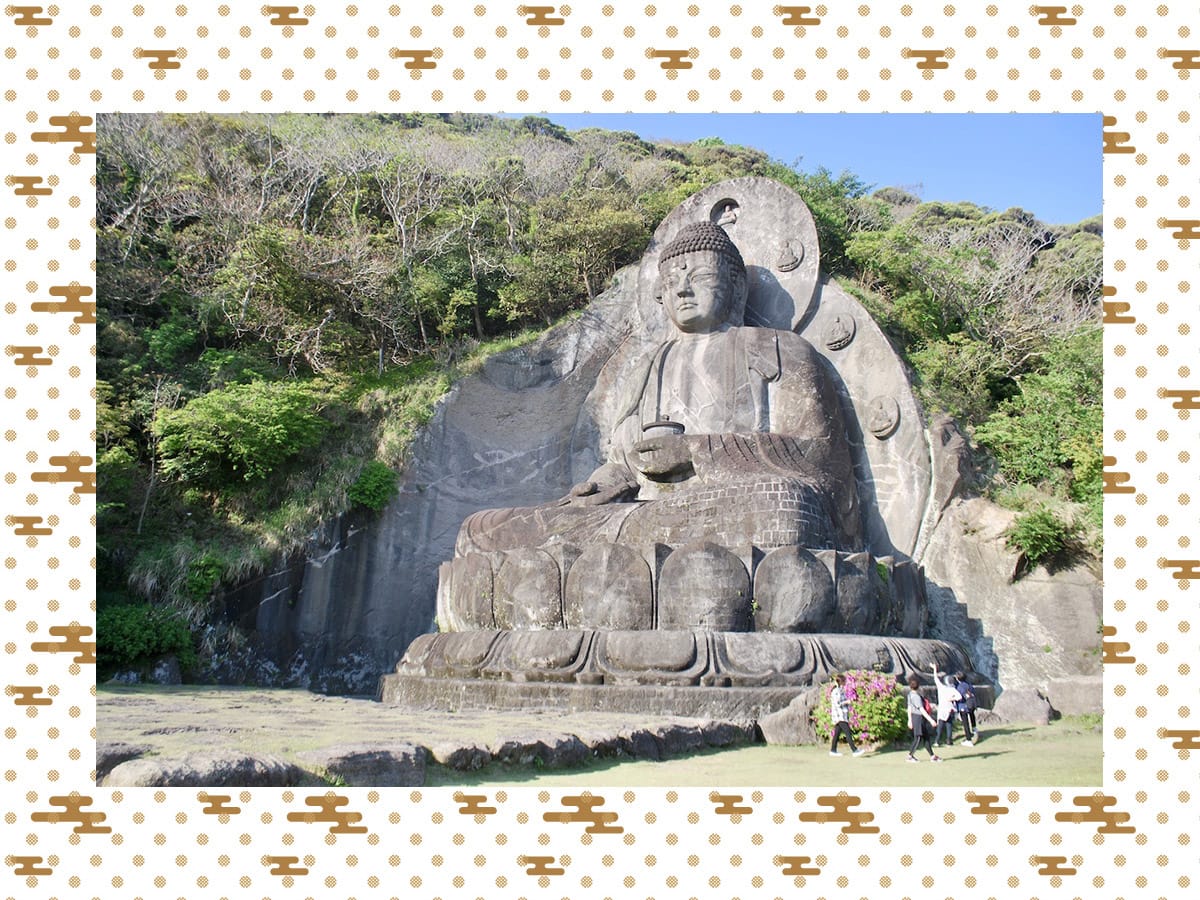


One of the best day trips you can make from Tokyo is to Mount Nokogiriyama, a 330-meter tall mountain on the Boso peninsula in Chiba prefecture.
Spread out along the slopes of the mountain is Nihonji Temple, a Soto Zen Buddhist temple first built about 1300 years ago, making it the oldest place of worship in the Kanto region. It’s a relatively easy hike to the top of Nokogiriyama, but the temple complex is extensive, and it takes over an hour to walk the network of paths that connect the various areas. If you don’t fancy hiking up the mountain, there’s a cable car to the top.
Nokogiriyama means ‘saw-toothed mountain,’ a name that refers to its jagged profile. The mountain was extensively quarried during the Edo period when it was used as a source of stone for the foundations of the new city of Edo, which was built on the marshy land between the shogun’s castle and Tokyo Bay.
The main attraction of the temple complex is a 31-metre-tall stone daibutsu (大仏 big Buddha), the largest stone-carved Buddha in Japan, which stands halfway up the mountain. The statue depicts the Yakushi, or healing Buddha and was carved over a three-year period from 1780. In his hand he holds a medicine flask; believers say that if you bathe in the radiance of the emerald in the flask, your illness will be healed. There are wisteria-covered seats nearby that are perfect for a picnic, some drinks machines and a small counter selling charms and seals, so this is a good spot to rest on your way up the mountain.
Photo by George Lloyd
Further up, you’ll find 538 small stone statues of rakan 羅漢, or Buddhist disciples, which were carved during the same period. Each statue has a unique facial expression, carved by the same master craftsman who sculpted the daibutsu. They sit in different poses in various nooks around the mountain. Some of them chat with their neighbours; others sit in serene, hermitic isolation.
Many of the rakan were desecrated during the Haibutsu Kishaku anti-Buddhist movement of 1868-1874, when Buddhist sites across Japan were attacked and damaged. The violence was prompted by the government’s establishment of Shinto as the state religion and the outlawing of Buddhist practice in the years that followed the Meiji Restoration. Efforts to repair the damage has been ongoing for some time.
Near the peak of Nokogiriyama is the 30-metre-tall Hyaku Shaku Kannon. Carved into a stone cliff in 1966, it depicts the Buddhist Goddess of Mercy and is dedicated to all those who have died in accidents, wars, or of sickness.
At the peak of Nokogiriyama you’ll find a couple of impressive viewpoints, including the “View of Hell” (地獄覗き jigoku nozoki) that juts out at the top of a sheer cliff.
Photo by George Lloyd
It offers wonderful views over Tokyo Bay, and is always crowded with tourists in the summer months. On a clear day, you may be able to see Mount Fuji and the Tokyo Sky Tree. Entry to the temple grounds costs 600 yen for adults and 400 yen for children up to the age of 12.
Photo by George Lloyd
Photo by George Lloyd
Getting there
To get to Nokogiriyama, take the JR Uchibo Line 内房線 to Hama-Kanaya Station 浜金谷駅. Then walk 10 minutes to the Nokogiriyama Ropeway, the cable car that takes visitors to the peak of the mountain (500 yen one way, 930 yen round trip). Alternatively, the main entrance to Nihonji Temple at the base of the mountain can be reached in about 45 minutes on foot. There is also an infrequent bus to the temple from JR Hota Station.
You might also consider going to Nokogiriyama by ferry. The Tokyo Bay Ferry connects Kurihama on the Miura Peninsula with Kanaya on the Boso Peninsula. From Kanaya, it’s just a ten-minute walk to the Nokogiriyama Ropeway station. Ferries run roughly hourly and take 40 minutes. The one-way fare is 720 yen for foot passengers.